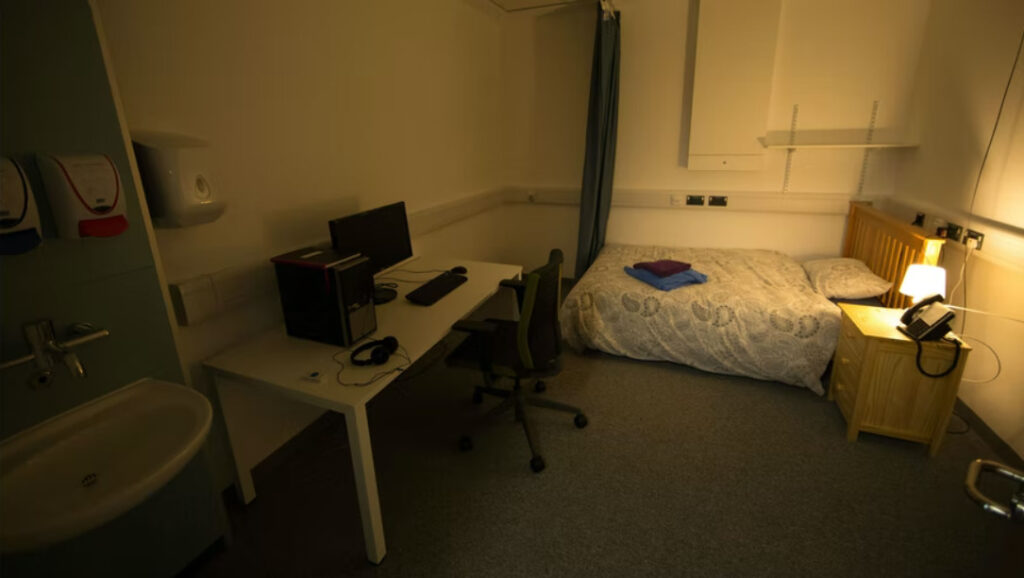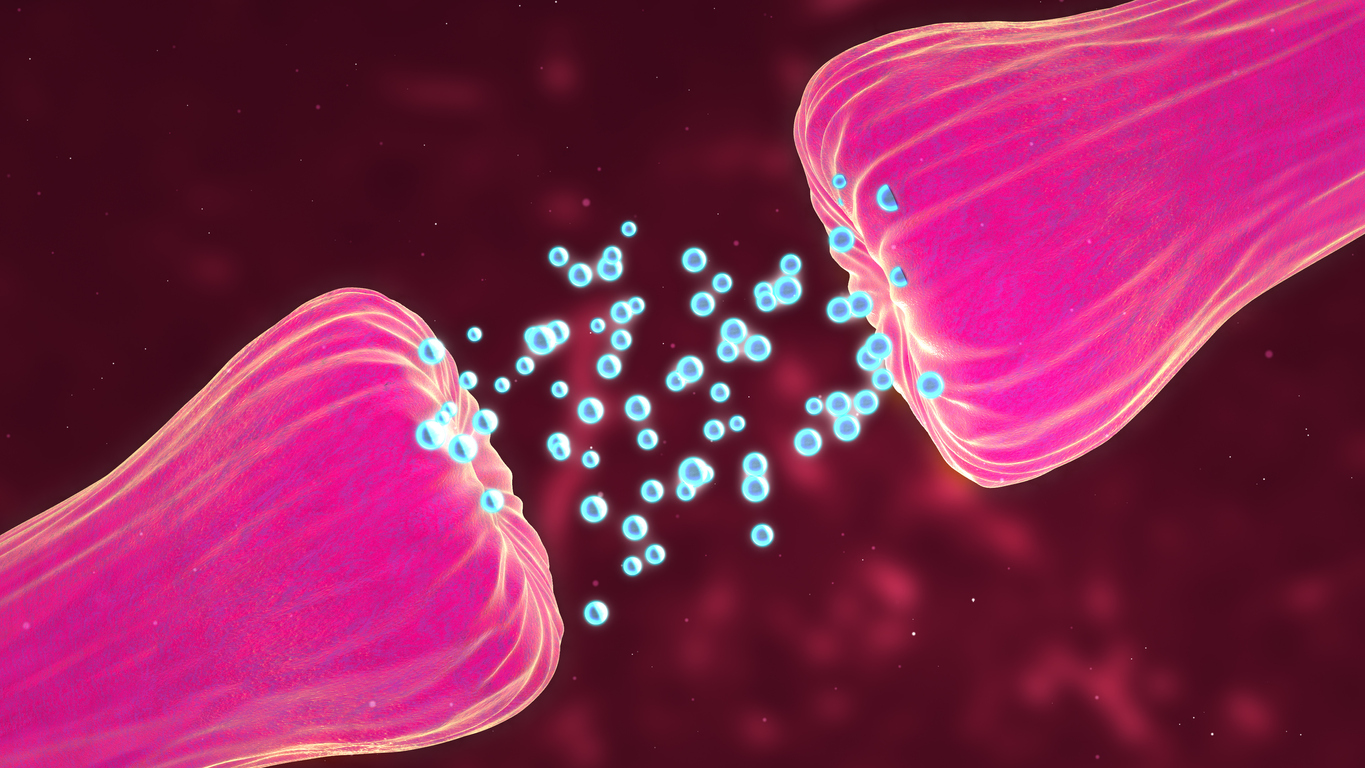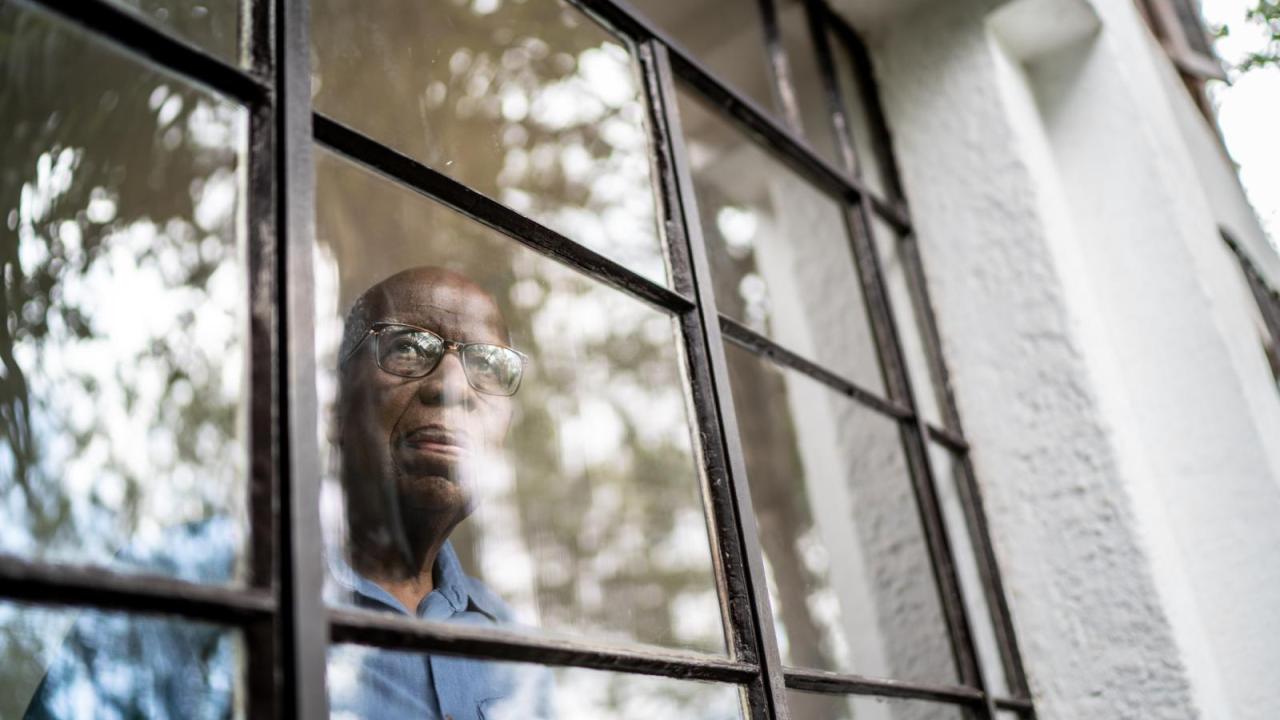Dreaming is one of the last frontiers of human cognition according to Raphael Vallat, a postdoctoral researcher at the University of California, Berkeley’s Center for Human Sleep Science. Despite the fact that we all spend a significant portion of our lives dreaming, so many basic research questions about dreams remain unanswered. This is just one of the many fascinating aspects of dream research!
This new study addresses one of these fundamental study problems: why do some people appear to recall their dreams on a regular basis, while others claim to recall dreams almost never?
Putting dreams to the test.
The recent study used brain imaging tools to see if there are neurophysiological differences between people who recall their dreams frequently and those who do not recall their dreams.
The participants in the study ranged in age from 19 to 29, slept regularly, and had normal BMI measurements. Twenty-eight subjects could recall an average of six dreams per week, while twenty-seven could recall no dreams at all (recalling less than one dream per week on average). There was no significant difference between the two groups in terms of age, average sleep duration, or education.
The participants reported their own personality traits, feelings of anxiety, and sleep quality when they arrived at the sleep lab at Le Vinatier Hospital to complete the questionnaires the night before their scanning session. In addition, the subjects took the Wechsler Memory Scale, the Guildford Uses Task, and a digit span task. The Wechsler Memory Scale is a tool for assessing both immediate and delayed memory ability (used to measure the number storage capacity of the working memory). Following a night in the research facility, each participant underwent three functional magnetic resonance imaging scans to assess the level of brain activity that occurs while the person is at rest.

The researchers discovered that people with good dream recall and people with poor dream recall had remarkably similar personalities, levels of anxiety, sleep quality, and memory skills. Those with a vivid dream memory, on the other hand, scored significantly higher on creativity tests than those with a less vivid dream memory, indicating a greater capacity for creativity.
Vallat and his colleagues also discovered that people who remembered more dreams had better functional connectivity within the default mode network. According to Vallat’s research, the brain network is known to be active during daydreaming, mind-wandering (for example, becoming lost in one’s thoughts), and it has been hypothesised that it encourages creativity and dreaming. The relationship between the medial prefrontal cortex and the temporo-parietal junction was improved in particular. This study backs up clinical observations that show that injury to these brain areas causes a loss of dream memory.
In general, high dream recallers have superior creative abilities as well as a different brain functional organisation. This is supported by the findings of this study as well as previous work from Vallat’s lab. However, it remains unknown whether there is a causal relationship between dream recall, creative thought, and brain ‘wiring,’ and, if so, what the nature of that relationship is (the chicken or egg problem). Is it true that deeper dreaming leads to more creative thoughts, which alters how the brain functions? Or does a default mode network with a stronger functional connection improve these people’s dream recall and creativity?
The future of researching dreams.
Experimentation as a research method could aid in clarifying the relationships between the various causes. The next stage in this study could involve analysing the creativity and brain function of a group of non-dreamers before and after a modification that increases their dream recall capacity.
Nonetheless, the study has limitations, as does all research. According to Vallat, like other functional magnetic resonance imaging (fMRI) research, this study used a very small sample size, which limits the generalizability of the findings.
Furthermore, the study only examined one aspect of creative thinking. The Guildford Uses Task requires participants to come up with as many unique uses for a common item as they can in two minutes. If they are successful, they advance to the next job. The total number of responses as well as the number of unusual usages can be used to assess divergent thinking ability. Creativity is a broad term that covers a wide range of topics (e.g. convergent vs divergent thinking, problem solving, gist extraction, etc). According to Vallat, this study only looked into one of the many subfields of creativity.
Understanding individual differences in dream memory is just one component of the efforts to understand this wonderful and perplexing phenomenon known as dreaming. Because we don’t know when dreaming occurs during sleep, we have to wake the sleeper up and ask if they were dreaming before they woke up to determine whether or not they were dreaming. This is difficult because even if they do not recall any dreams, we cannot be sure they did not dream or that they did dream but forgot about it when they awoke. We can’t be sure they didn’t have dreams if they don’t keep track of them.
Story Source: Original release written by Eric W. Dolan at PsyPost. Note: Content may be edited for style and length by Scible News.
Reference
Vallat R, Türker B, Nicolas A, Ruby P. High Dream Recall Frequency is Associated with Increased Creativity and Default Mode Network Connectivity. Nat Sci Sleep. 2022;14:265-275
https://doi.org/10.2147/NSS.S342137






